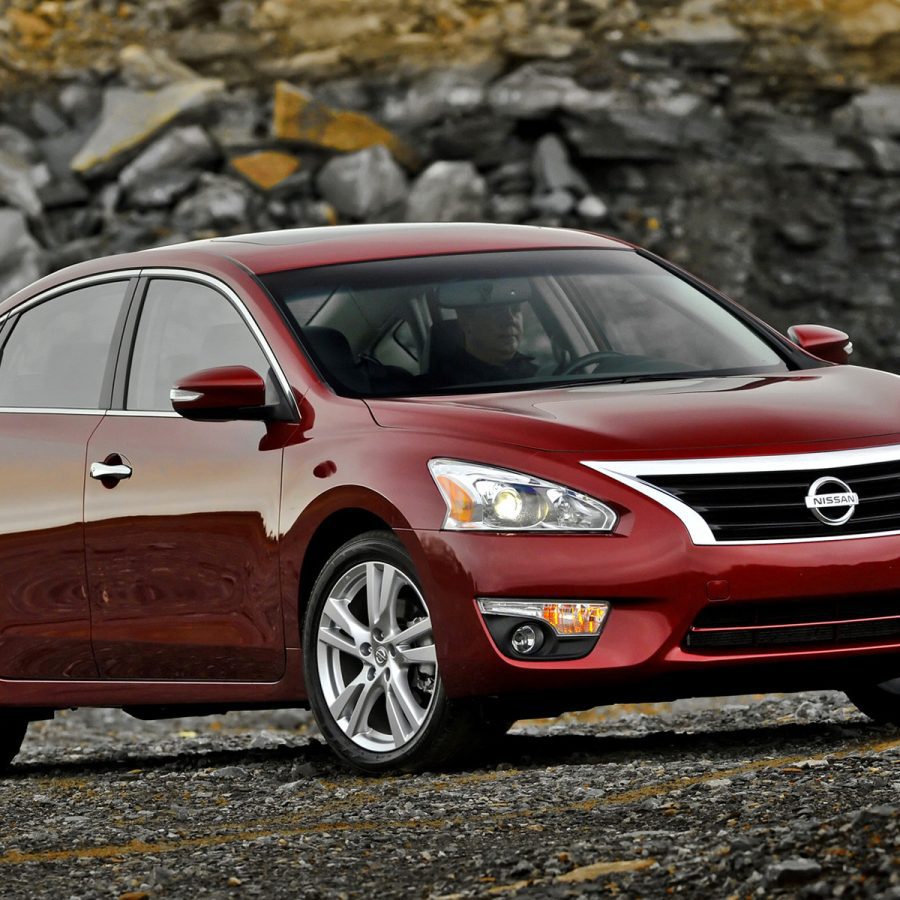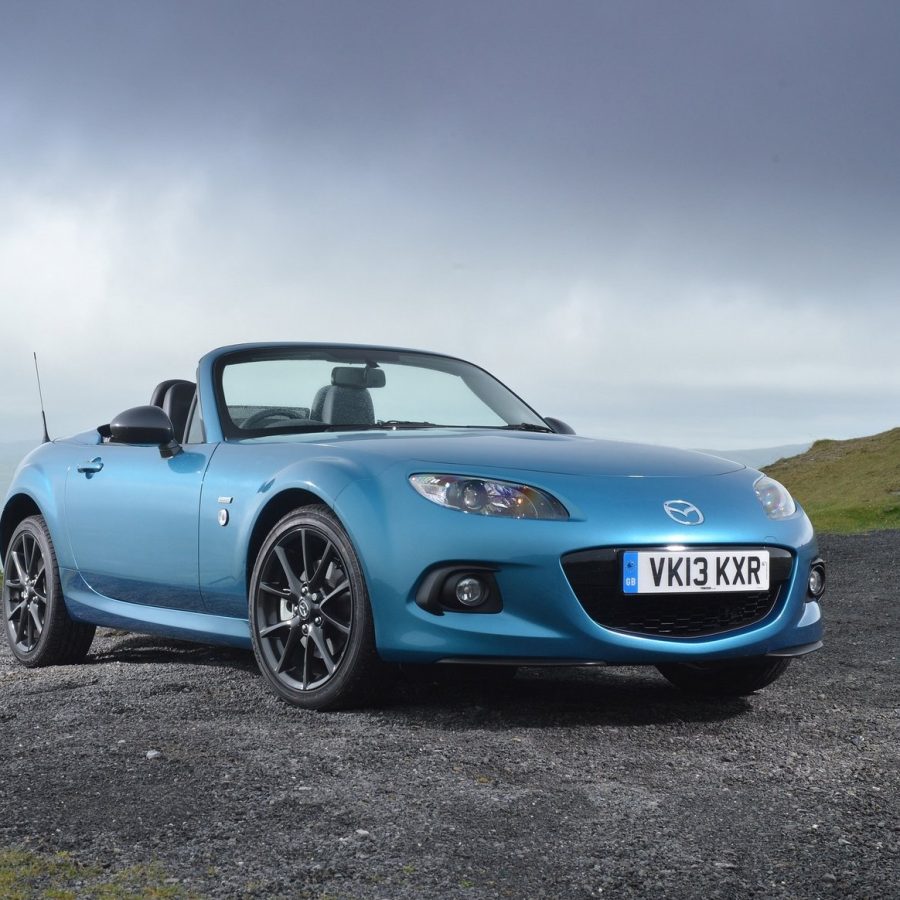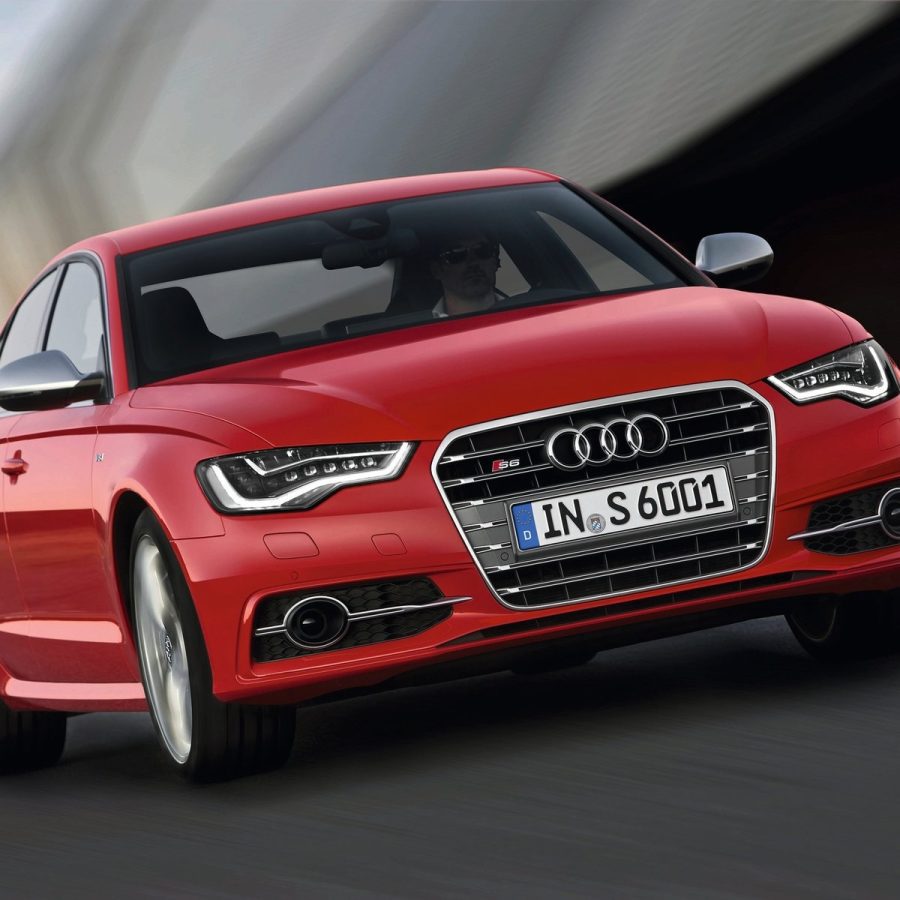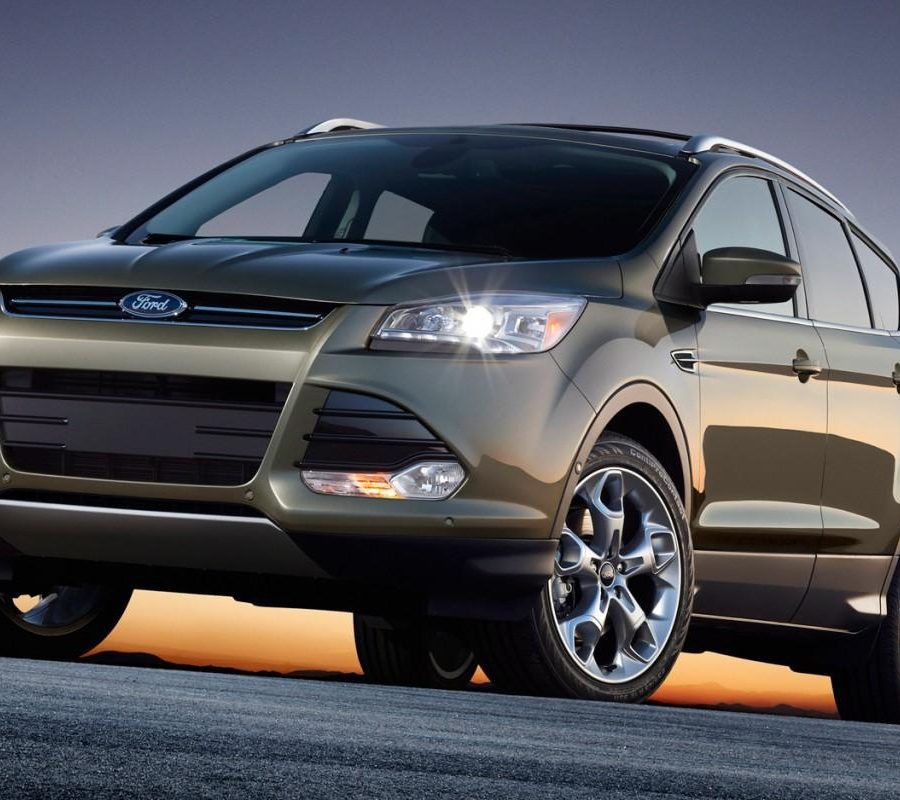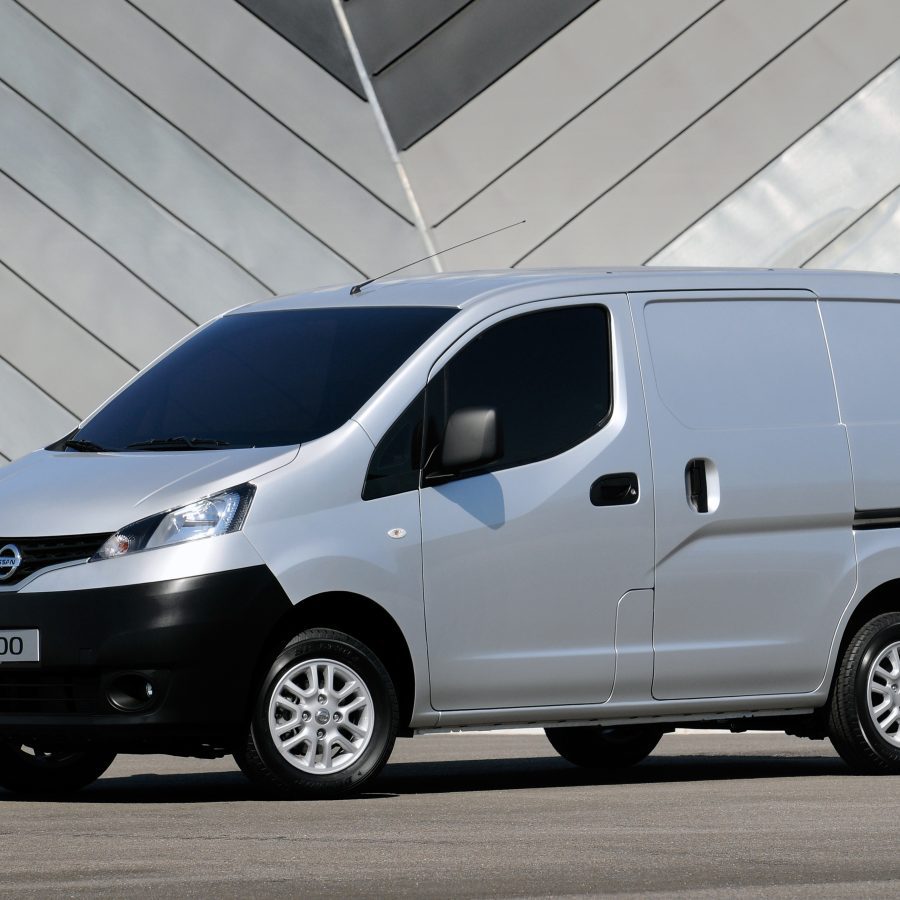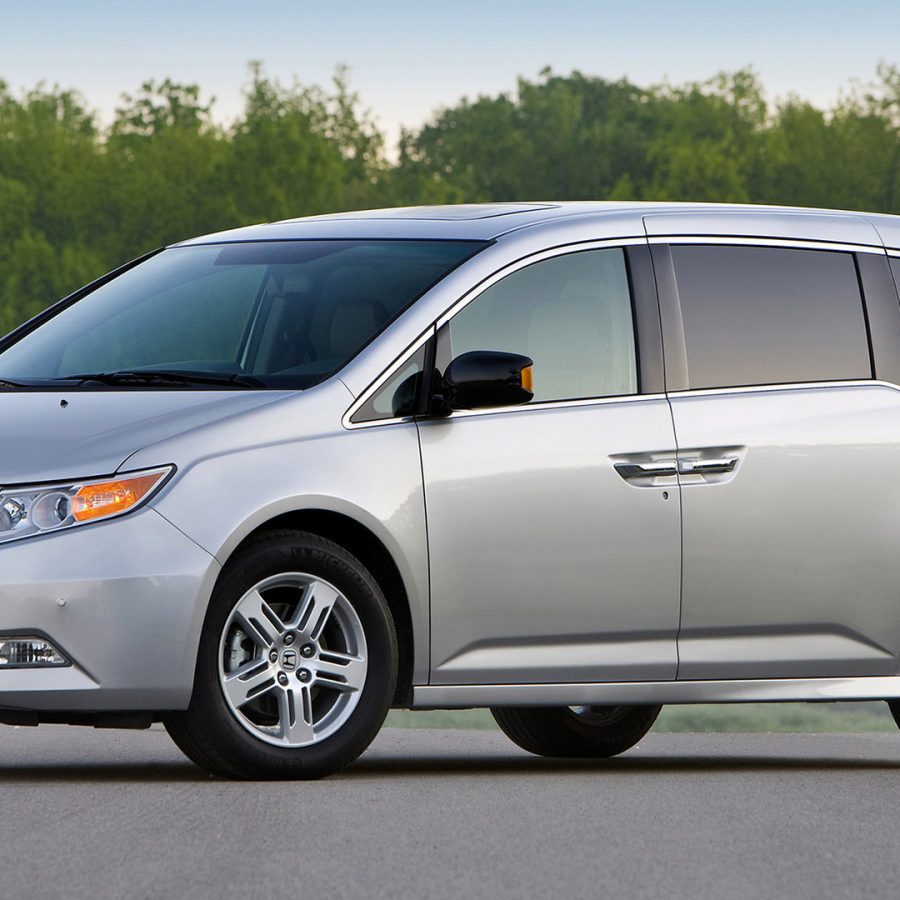2013 U.S Automotive Sales Research
In 2013, the U.S. auto industry saw another year of growth and expansion, building on the recovery that had begun post-recession. The positive momentum was supported by several macroeconomic and industry-specific factors. The U.S. auto market remained robust, with sales surpassing 15.5 million units in 2013. This marked an increase from the approximately 14.5 million units sold in 2012 and indicated a consistent return towards pre-recession levels. The crossover segment, especially compact and midsize crossovers, continued its rise in popularity. These vehicles appealed to a broad range of consumers due to their versatility, efficiency, and comfortable ride quality. Automakers continued to focus on fuel efficiency due to fluctuating fuel prices and stricter governmental standards. Besides smaller and more efficient engine options, hybrids and plug-in hybrids gained traction, and the conversation around electric vehicles (EVs) grew louder. The luxury car market saw intensified competition. While traditional powerhouses like BMW, Mercedes-Benz, and Lexus held strong positions, other brands like Audi and Cadillac made significant pushes with refreshed models and aggressive marketing. Pickup truck sales, especially full-size trucks, saw a noticeable uptick in 2013. This was linked to an improving housing market and the associated demand from construction and related industries. Credit availability improved, and interest rates remained low, encouraging consumers to finance new vehicle purchases. Leasing also continued its popularity, especially in the luxury market. While there was significant media and industry focus on electric vehicles, the broader consumer base was still warming up to the idea. Challenges related to range anxiety, charging infrastructure, and initial purchase costs were barriers, though efforts were underway to address them.


